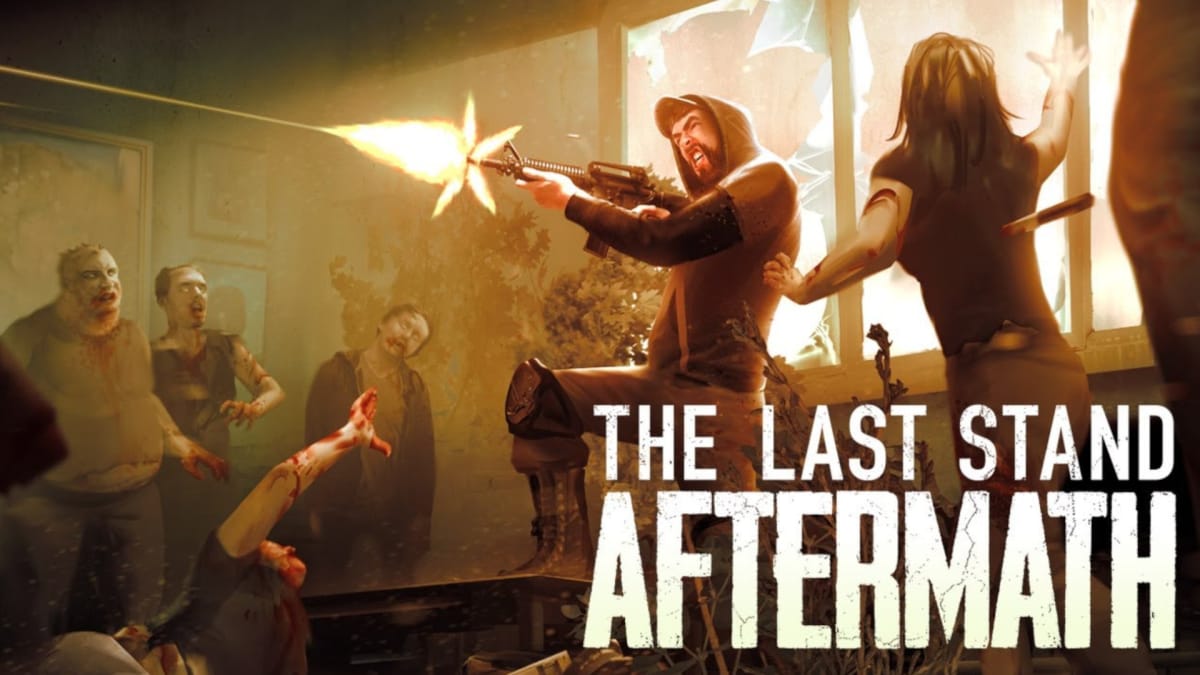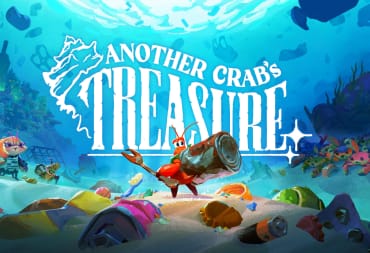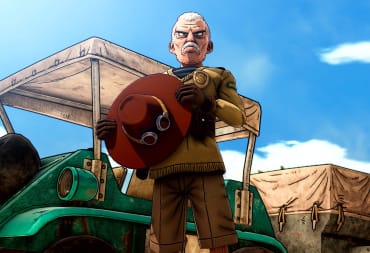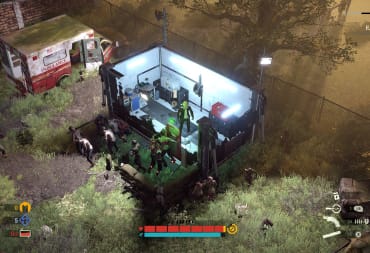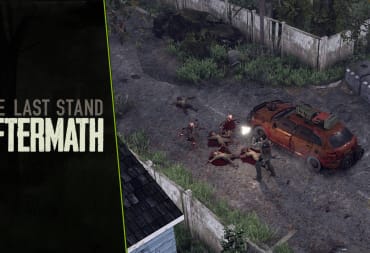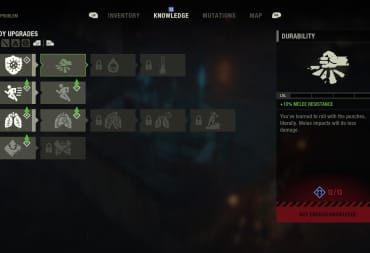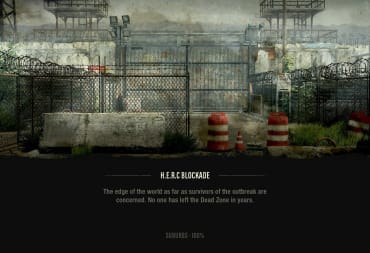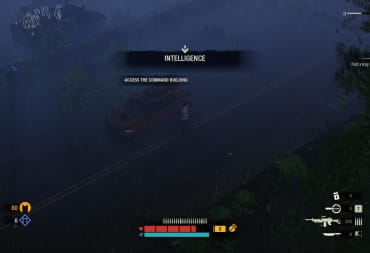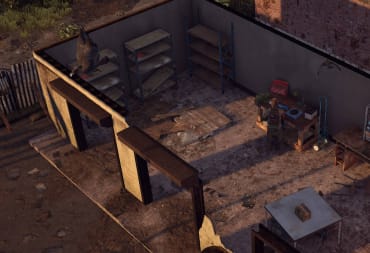In the early days of the internet, back when Facebook was only on college campuses and video quality was still at 360p, there were flash games. Massive websites like Newgrounds and Kongregate would be digital arcades filled with amateur productions, some really good, some really bad. It is through this that a game named The Last Stand was first released in 2007.
The Last Stand was a simple survival game, where you play Jack, a survivor who must fight off hordes of zombies. It was also immensely popular, leading its developer, Chris Condon, to create multiple sequels, each of them improving on the presentation and concept further. Well, this flash game series is now crossing over into a more mainstream release, as Condon’s dev team, Con Artist Games, presents the latest in this surprising franchise, The Last Stand: Aftermath.
For me personally, the history behind The Last Stand franchise is a story on its own, a franchise that exemplifies the pure indie spirit at a time where indies were slowly becoming more mainstream, finally getting a major retail release. Yet it’s the latest entry which is prime for a review, and despite how thin it is in terms of gameplay, The Last Stand: Aftermath is a very polished, fun game to play and well worth your time exploring.
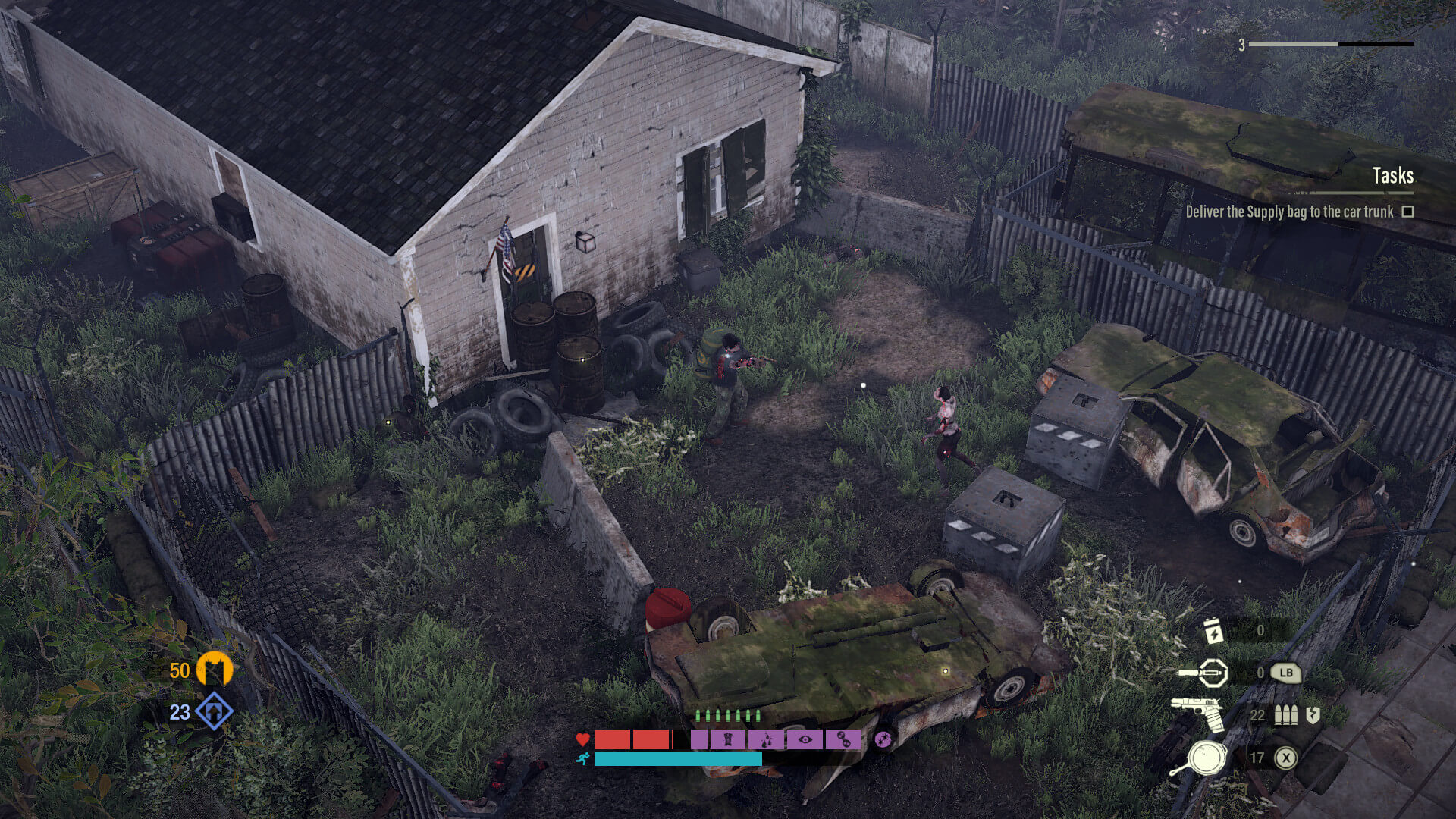
At its core Aftermath is a pretty basic roguelike. You go from level to level, gathering supplies and knowledge that serve as your experience gains, and then slowly travel to the end of a series of ‘dungeons’. The variety of locations is pretty low; there are only so many residential neighborhoods and abandoned supply depots you can go to, but the fun comes in with how you approach each location as a player. Is it better to go in with stealth, or guns blazing? Do you use up your melee weapon strength or just waste extra ammo if you have it?
A lot of those snap decisions often depend on what supplies you have. Aftermath is pretty good at giving you very meager options at first, forcing the player to make difficult decisions while in the field. Do you try to search for more weapons or gear, or do you just go for a can of gas so you can leave? There are three key items to always be on the lookout for; Gas, supply caches, and knowledge. Gas allows you to go to different maps, as you need to fill up your beat-up car constantly to keep moving. Supply caches can be thrown in your trunk, or given a note for your home base to pick up, weighing in the risks and rewards of opening caches for yourself or saving them for another run.
Knowledge is the most prevalent resource, as it abstractly allows you to gain perks for every new run you do. Simple things like more stamina, more durable weapons, attack power, to even special abilities like wire cutters for some obstacles are at your disposal. Perks are also carried over for each run you do so racking up knowledge per run will slowly make you more powerful.
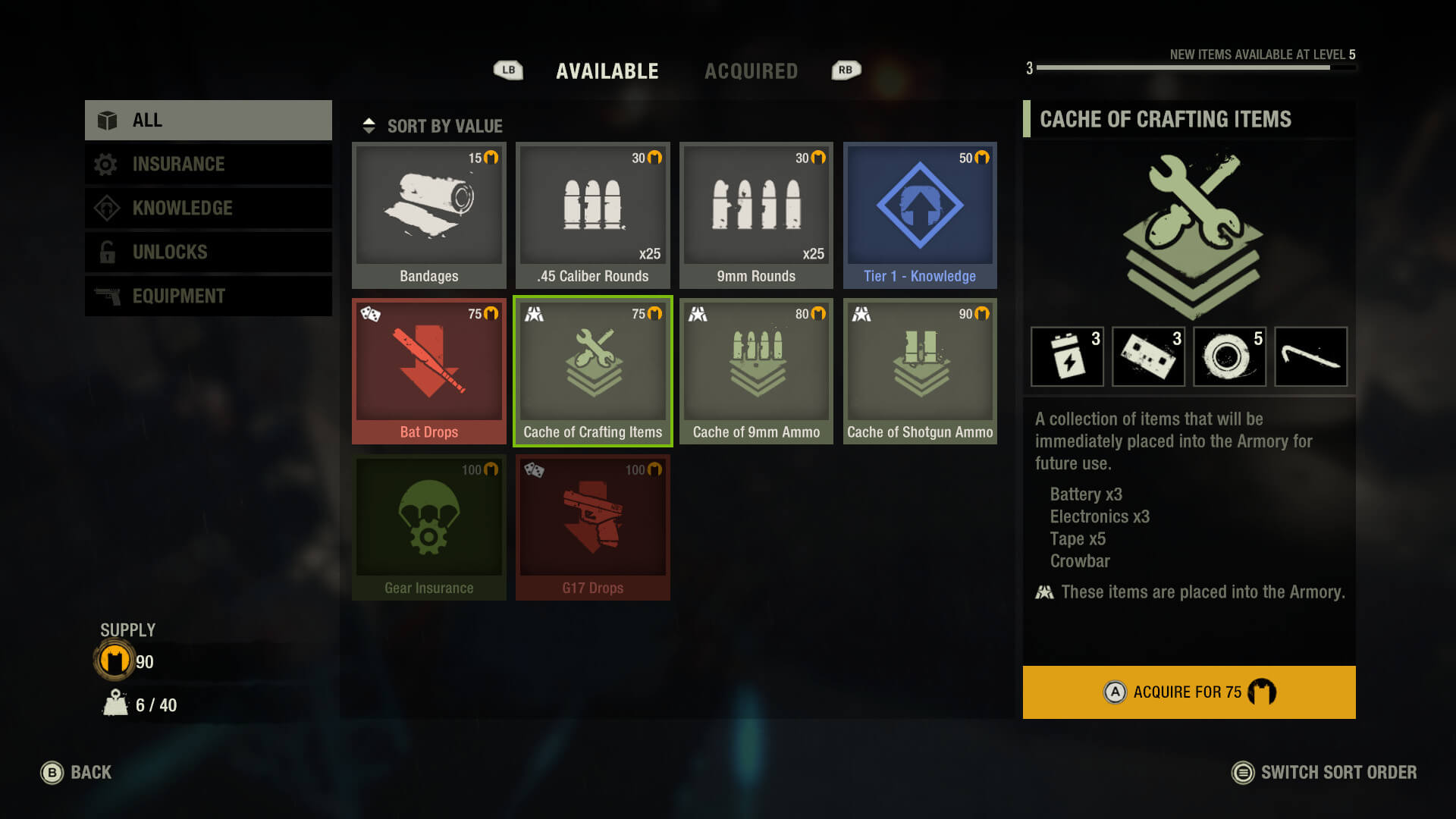
One of the trade-offs from this is that the more perks and supplies you can get, the more likely you will survive out in the field. After about 4 or 5 runs, my characters were consistently taking less damage while increasing their ability to fight against the generic undead. Thankfully, Aftermath does switch things up a bit quickly enough. Special infected become more commonplace as you get further out from your home base, for example, some of which are almost impossible to kill. The world also begins to open up further; gone are the neighborhood blocks and supermarkets, and instead, we get campgrounds and more labyrinthian forests. The number of infected don’t go away, obviously, but the challenge then becomes what do you save your bullets for?
The biggest balancing Aftermath provides is putting you on a timer. Each of your runners is already infected, and slowly dying. As time goes on, your health bar will get lower and lower without any form of recovery. You can slow it down with special doses of medicine found in the world, but this is just a temporary stop to your inevitable doom.
I am not really sold on the mechanic as a whole. While it does provide a ticking clock for yourself, the dangers that the loss of health can really have are offset by the mutation perks you can earn. These randomized bonuses basically give you a lot more power, often with a minor cost, but gaining a few mutations in the right combination can make it very difficult to kill the player from the normal infected. Add to this, that the infection bar is pretty slow unless you are hit by an exploding infected, the mutations become more of a boon than hindrance gameplay-wise.
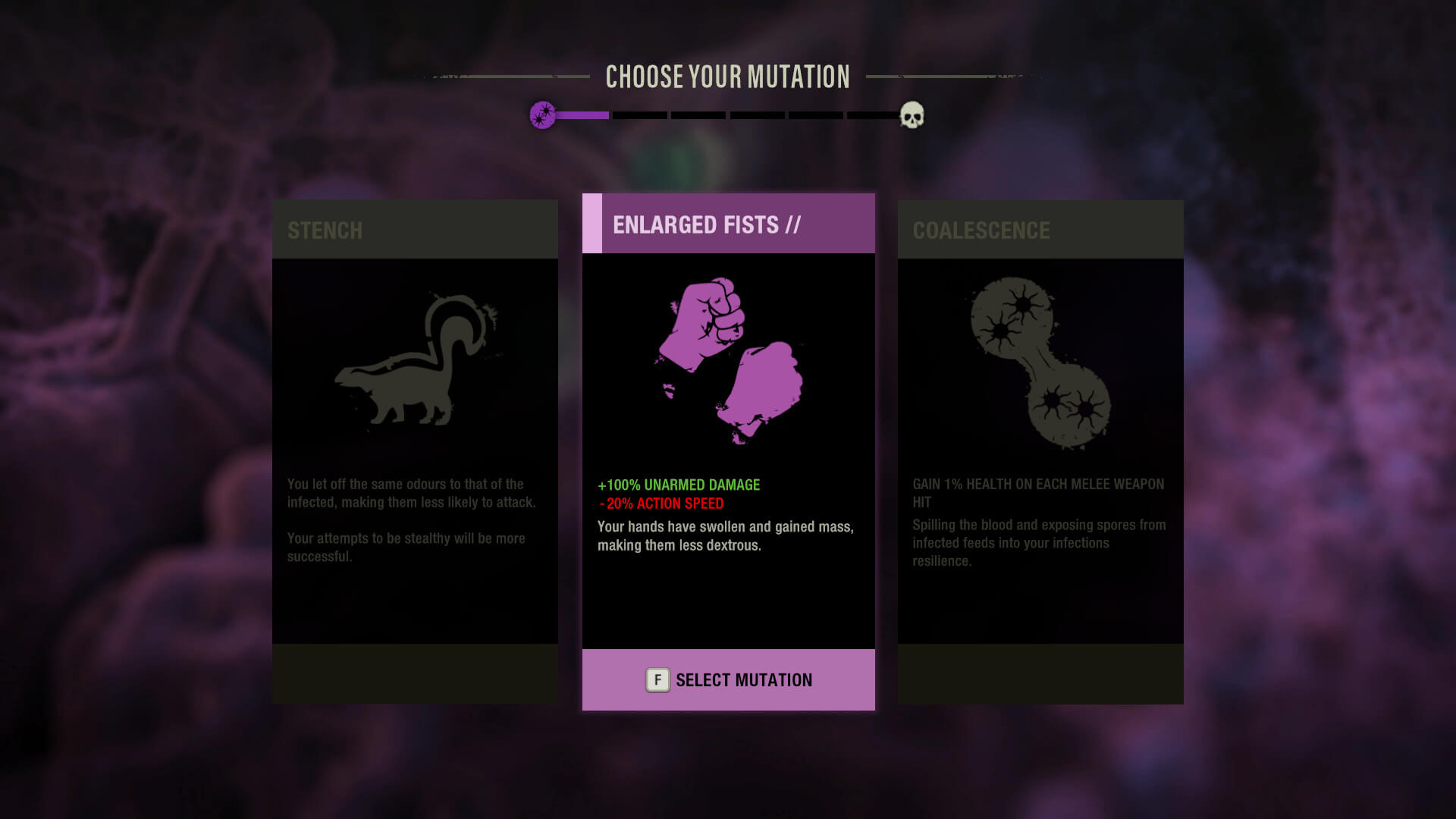
I also got to mention the controls are pretty difficult to get used to. Con Artist Games recommends you play Aftermath with a controller and I suspect the reason why has to be due to the combat mechanics. Aiming is done entirely with the controller right joystick, while shooting is relegated to the R bumper. It actually does take some time to get better at aiming, since all you have is a mini dot sight that hovers close to your character when you fire. Melee is often easier to pull off, but weapons degrade with each hit and your stamina bar is limited, so it may come into a situation where you simply have to run away anyway.
Managing your inventory is also a bit confusing. You need to use a few button combinations to equip items from your inventory. You will often be cycling in and out of the games menus more than you may care for. Using items in the field is pretty simple enough, and Aftermath does offer some basic crafting mechanics to help combine random items into needed supplies.
Honestly, the biggest flaw Aftermath has is how thin it is mechanically. As a roguelike, you don't necessarily have to reinvent the wheel to make it interesting, but the typical loop of finding supplies and traveling from level to level does wear thin the longer you play. Players looking to see how long they last will get a kick out of it I'm sure, and there are a few story-specific missions scattered throughout. The story is an afterthought though in Aftermath, and despite some callbacks to the series self-built lore, it really doesn't add much other than providing a really basic incentive to progress further.
In a weird way, I guess that is expected. Its Flash game origins were basic and fun little games designed for twenty-minute sittings, but that doesn't necessarily translate well with a full-fledged release. To Aftermath's credit, there is a ton there to interact with in terms of its overall design, but it will definitely wear on you if you play it for more than one or two runs at a time due to the shallow feedback loop.
Despite my gripes, The Last Stand: Aftermath is still a worthy entry in The Last Stand series. It has certainly come a long way from its flash game roots, and while it is still is a bit repetitive like a Flash game, Aftermath is able to provide just enough fun through its solid design to be worth a recommendation.
TechRaptor reviewed The Last Stand: Aftermath on PC using a copy provided by the publisher. The game is also available on PlayStation 4 and Xbox One.
Review Summary
Pros
- Tons of Unique Mechanics
- Genuine Moments of Tension and Survival
- Strong Presentation and Visual Style
- Fun Experience in Small Doses
Cons
- Overall Thin Gameplay Loop.
- Controls Take Some Getting Used To
- Narrative is an Afterthought
Have a tip, or want to point out something we missed? Leave a Comment or e-mail us at tips@techraptor.net
